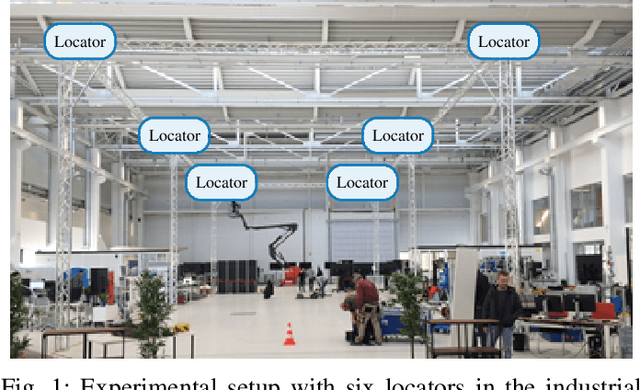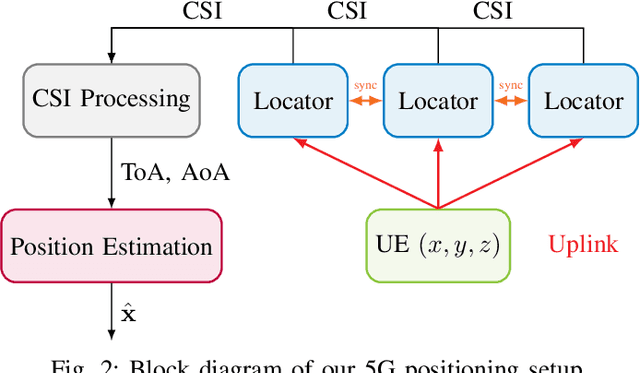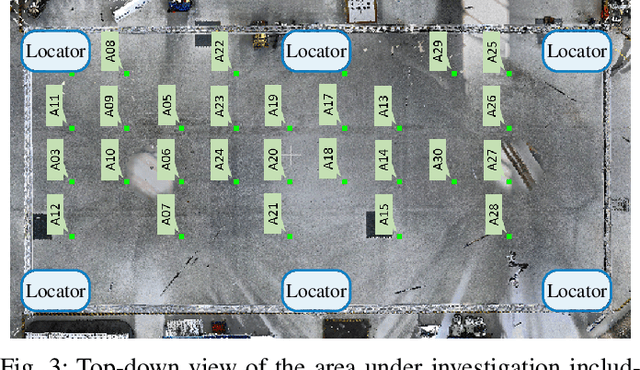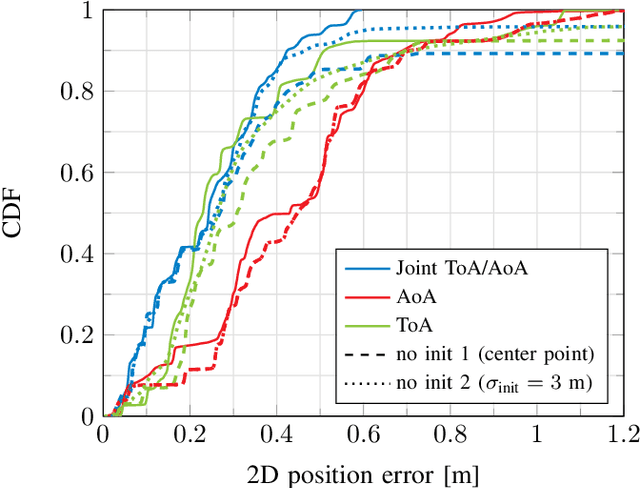Stephan Saur
Target Detection for ISAC with TDD Transmission
Apr 27, 2025Abstract:Integrated sensing and communication (ISAC) poses various challenges that arise from the communication-centric design of cellular networks. One of them is target detection with time division duplex (TDD) transmission used in current 5G and future 6G deployments, where the periodic on-off behavior of the transmitter creates impulsive sidelobes in the radar point spread function (PSF). These can be mistaken for actual targets by conventional peak detection techniques, leading to false alarms. In this work, we first analytically describe the range-Doppler PSF due to TDD windowing. We then propose a computationally efficient method that leverages the PSF to distinguish impulsive sidelobes from valid target peaks. Simulation results and outdoor drone measurements with an ISAC proof of concept demonstrate the capability of our algorithm, showing that it can achieve reliable target detection while limiting false alarms.
Probabilistic 5G Indoor Positioning Proof of Concept with Outlier Rejection
Jul 18, 2022



Abstract:The continuously increasing bandwidth and antenna aperture available in wireless networks laid the foundation for developing competitive positioning solutions relying on communications standards and hardware. However, poor propagation conditions such as non-line of sight (NLOS) and rich multipath still pose many challenges due to outlier measurements that significantly degrade the positioning performance. In this work, we introduce an iterative positioning method that reweights the time of arrival (ToA) and angle of arrival (AoA) measurements originating from multiple locators in order to efficiently remove outliers. In contrast to existing approaches that typically rely on a single locator to set the time reference for the time difference of arrival (TDoA) measurements corresponding to the remaining locators, and whose measurements may be unreliable, the proposed iterative approach does not rely on a reference locator only. The resulting robust position estimate is then used to initialize a computationally efficient gradient search to perform maximum likelihood position estimation. Our proposal is validated with an experimental setup at 3.75 GHz with 5G numerology in an indoor factory scenario, achieving an error of less than 50 cm in 95% of the measurements. To the best of our knowledge, this paper describes the first proof of concept for 5G-based joint ToA and AoA localization.
* Correction of small error in Eq. (1) of accepted 2022 Joint European Conference on Networks and Communications & 6G Summit (EuCNC/6G Summit) paper, which has no impact on the final results
 Add to Chrome
Add to Chrome Add to Firefox
Add to Firefox Add to Edge
Add to Edge